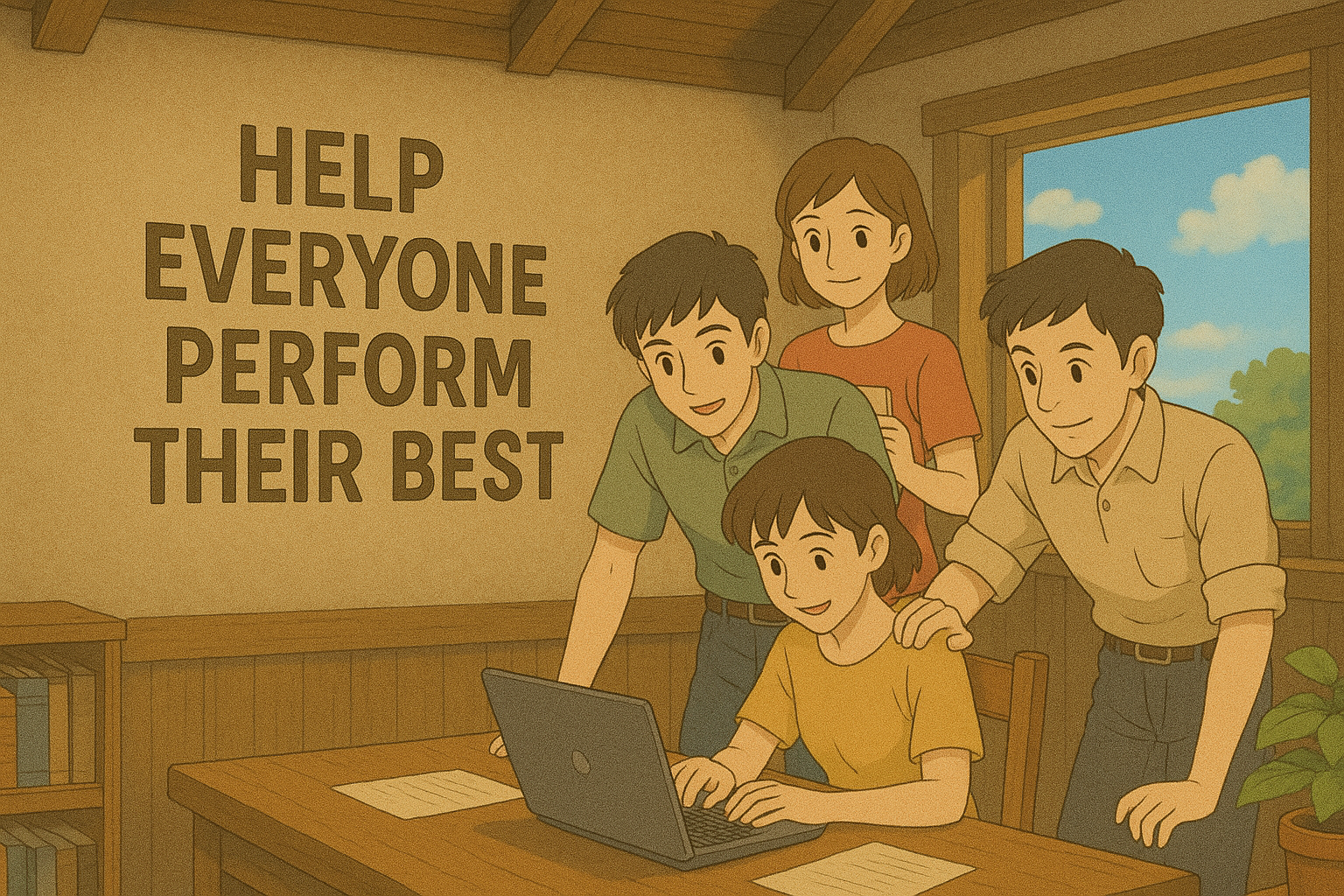To get more context, read the parent article.
In growth-stage startups, where projects move fast and the pressure is always on, it’s common to feel like replacing team members who aren’t performing well might be the quickest fix. This temptation often arises because:
- Immediate Needs: Startups need results quickly to grow and stay competitive. If someone is not keeping up, it might seem easier to bring in someone new who can meet these demands right away.
- High Expectations: In small teams, every member’s contribution is critical. When one person falls behind, it can hold back the entire team’s progress, which can be frustrating. This pressure might make leaders think that replacing a struggling team member is the only solution.
- Resource Constraints: Startups often operate with limited resources, including time and money. There’s a common misconception that training and supporting an existing employee takes more resources than hiring someone new who already has the desired skills.
However, helping existing team members improve can be more beneficial than finding new ones because:
- Preserves Team Dynamics: Keeping the team together maintains relationships and teamwork already built, which can be disrupted by bringing in someone new.
- Utilizes Existing Knowledge: Team members already understand the company’s culture and processes, which means they can adapt more quickly once they overcome their performance issues.
- Cost-Effective in the Long Run: While training and supporting current employees might require an upfront investment of time and effort, it often saves money and resources compared to the costs of recruiting, hiring, and training new employees.
Here is how to do it
- Find the Real Problem: Is the issue because they need more skills, are they having personal problems, or do they not understand their job well? You can talk to them, get feedback from others, or look at their work to figure this out.
- Give the Right Help:
- Training for Skills: If they need to learn more, you can set up training sessions or find a more experienced team member to teach them.
- Change Their Job: If their job doesn’t fit their skills, you might be able to change their responsibilities to match what they’re good at.
- Support for Personal Issues: If personal problems are affecting their work, offer flexible work hours or help them find professional advice.
- Check in Often: Keep meeting with them to talk about how they’re doing and what they need. This shows you care and helps them keep improving.
- Make a Plan Together: Create a plan with clear goals and steps to get better. This plan should be realistic and fit their needs and what the team needs.
- Talk to them : It’s a good idea to have regular meetings with each team member to talk about their work and how they’re feeling. This lets you catch any problems early before they get big. You can also use surveys to get everyone’s opinions. This helps you see what’s working well and what’s not – any issues with team, tooling, processes.
Why it helps
- Better Team Work: Helping team members get past their problems can make them much more helpful to the team.
- Less Turnover: When people feel supported, they’re happier at work and less likely to leave, which keeps your team stable.
- A Helping Culture: A team culture that focuses on growth and support makes everyone want to do their best and stick together.
What if all the above doesn’t help and the person in question still lags in performance? – Then as a leader it is imperative to take the hard call but not without putting the effort outlined above.
